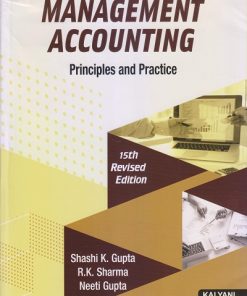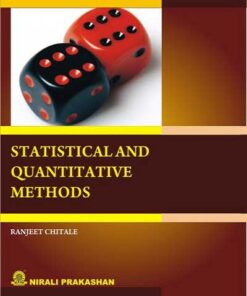No products in the cart.
| Authors Name | LEELA RANI, TRUETT |
| ISBN 13 | 9789354640759 |
| Publisher | Wiley |
| Edition | 8TH |
| Pages | |
| Language | ENGLISH |
| Publishing Year | 2022 |
Email on info@pragationline.com if e-book is not found.
Estimated Delivery Time
Within Pune (1 to 2 days),
Within Maharashtra (2 to 5 days),
Outside Maharashtra (3 to 6 days) and
J&K, Ladakh and North East (5 to 8 days).



 Zoom
Zoom











Reviews
There are no reviews yet.